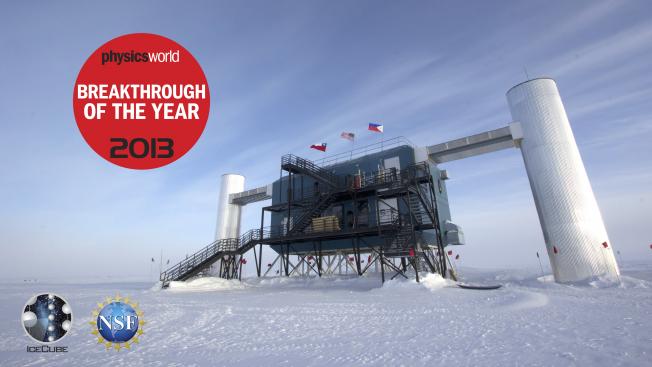How rare is the Bullet Cluster (in a ΛCDM universe)?
Journal of Cosmology and Astroparticle Physics IOP Publishing 1504:4 (2015) 050-050
Abstract:
The Bullet Cluster (1E 0657-56) is well-known as providing visual evidence of dark matter but it is potentially incompatible with the standard ΛCDM cosmology due to the high relative velocity of the two colliding clusters. Previous studies have focussed on the probability of such a high relative velocity amongst selected candidate systems. This notion of 'probability' is however difficult to interpret and can lead to paradoxical results. Instead, we consider the expected number of Bullet-like systems on the sky up to a specified redshift, which allows for direct comparison with observations. Using a Hubble volume N-body simulation with high resolution we investigate how the number of such systems depends on the masses of the halo pairs, their separation, and collisional angle. This enables us to extract an approximate formula for the expected number of halo-halo collisions given specific collisional parameters. We use extreme value statistics to analyse the tail of the pairwise velocity distribution and demonstrate that it is fatter than the previously assumed Gaussian form. We estimate that the number of dark matter halo pairs as or more extreme than 1E 0657-56 in mass, separation and relative velocity is 1.3+2.0On the interpretation of dark matter self-interactions in Abell 3827
(2015)
Dark matter annihilation and decay in dwarf spheroidal galaxies: The classical and ultrafaint dSphs
(2015)
Determining neutrino oscillation parameters from atmospheric muon neutrino disappearance with three years of IceCube DeepCore data
Phys. Rev. American Physical Society D91:7 (2015) 072004-072004
Abstract:
We present a measurement of neutrino oscillations via atmospheric muon neutrino disappearance with three years of data of the completed IceCube neutrino detector. DeepCore, a region of denser instrumentation, enables the detection and reconstruction of atmospheric muon neutrinos between 10 GeV and 100 GeV, where a strong disappearance signal is expected. The detector volume surrounding DeepCore is used as a veto region to suppress the atmospheric muon background. Neutrino events are selected where the detected Cherenkov photons of the secondary particles minimally scatter, and the neutrino energy and arrival direction are reconstructed. Both variables are used to obtain the neutrino oscillation parameters from the data, with the best fit given by $\Delta m^2_{32}=2.72^{+0.19}_{-0.20}\times 10^{-3}\,\mathrm{eV}^2$ and $\sin^2\theta_{23} = 0.53^{+0.09}_{-0.12}$ (normal mass hierarchy assumed). The results are compatible and comparable in precision to those of dedicated oscillation experiments.Development of a general analysis and unfolding scheme and its application to measure the energy spectrum of atmospheric neutrinos with IceCube
European Physical Journal C Springer Berlin Heidelberg C75:3 (2015) 116-116



